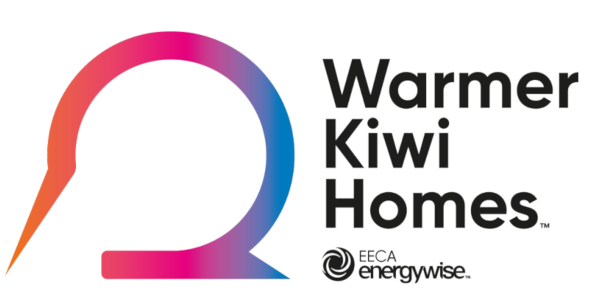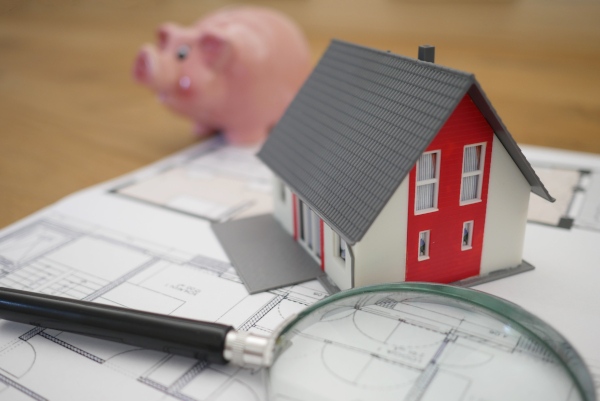Healthy Homes Initiative
Healthy Homes Initiative
National projectThe Healthy Homes Initiative (HHI) programme managers at the Ministry of Health (MoH) are helped by other government agencies (MBIE, EECA, Ministry of Social Development, Kāinga Ora), or middle actors in the community (e.g. iwi) to identify eligible families, with the aim to carry out a comprehensive housing assessment by certified Home Energy Performance (HPA) Advisors, and devise individualised action plans to help create warmer, drier, healthier homes. HHIs also help families to get the home improvements they need to create a better living environment, especially for their children, and to reduce the impacts of structural (too many people living in a house) and functional (too many people sleeping in the same bedroom) crowding (TSI, 2016)
They were initiated in 2013 and covered 11 district health boards (DHBs) with a high incidence of rheumatic fever. The Auckland-wide Healthy Homes Initiative (AWHI) was the first HHI set up by the MoH as part of the Rheumatic Fever Prevention Programme (RFPP) to reduce household crowding and the subsequent transmission of Group A Streptococcus (which can lead to rheumatic fever).
In 2016, the programme was expanded, partly due to its success, partly due to the high needs of targeted families. It now focuses more broadly on providing warm, dry and healthy housing for:
- Pregnant women
- LI families with children aged between 0 and 5 who’ve been hospitalised with a specified housing-related condition
- Families with children also between 0 and 5 for whom at least two of the social investment risk-factors apply.
Engagement strategy
A focus on co-design and prototyping were the primary drivers for the HHIs’ engagement strategy and some specific ideas are discussed in the Behaviour Building Block section above. Since the initiation in 2013, the project team engaged many stakeholders in externally-facilitated co-design workshops.
They also refined and tested prototypes, for example, in the Auckland pilot (TSI, 2018) they tested:
- Landlord letter to improve communications.
- Minor Repair Service (MRS) to undertake low cost and high impact minor repairs for private rentals and low-income homeowners.
- Landlord liaison role (within the MRS) to strengthen the landlord’s understanding and buy-in to improvements needed.
- Working with Auckland Council Compliance and MBIE Tenancy Compliance and Investigations teams to test how to best ensure properties are brought up to standard.
- Building capacity and capability within existing curtain banks to make them more effective and Auckland-wide curtain drives to boost the available stock.
- Home Performance Advisor (HPA) training for HHI assessors – including simple and practical tips on making a home warmer and drier based on science and expertise.
- Testing whether a power voucher and education would help whānau to heat their homes more in winter.
- A locality-based empowerment model using peer-to-peer communication of home performance knowledge.
- Leveraging other resources to support whānau such as Healthy Rentals.
Some concrete Key Performance Indicators (KPIs) include:
- Over 28,000 Tamariki seen by Healthy Homes Inititative (HHI) providers
- Whānau seen by HHI providers: over 105,000
- Māori or Pacific people refferals to the HHI: 75%
- Interventions: over 90,000
- Outcome evaluation:for every 10 children referred to the HHI, there is estimated to be one fewer hospitalisation, six fewer GP visits and six fewer filled prescriptions over the following 12 months.
The initiative is run by 11 district health boards, key government agencies, such as Kāinga Ora – Homes and Communities, Ministry of Social Development (MSD) and the Energy Efficiency Conversation Authority (EECA) and, more recently, the Ministry of Business, Innovation and Employment (MBIE) to enhance the service for families.
-

-
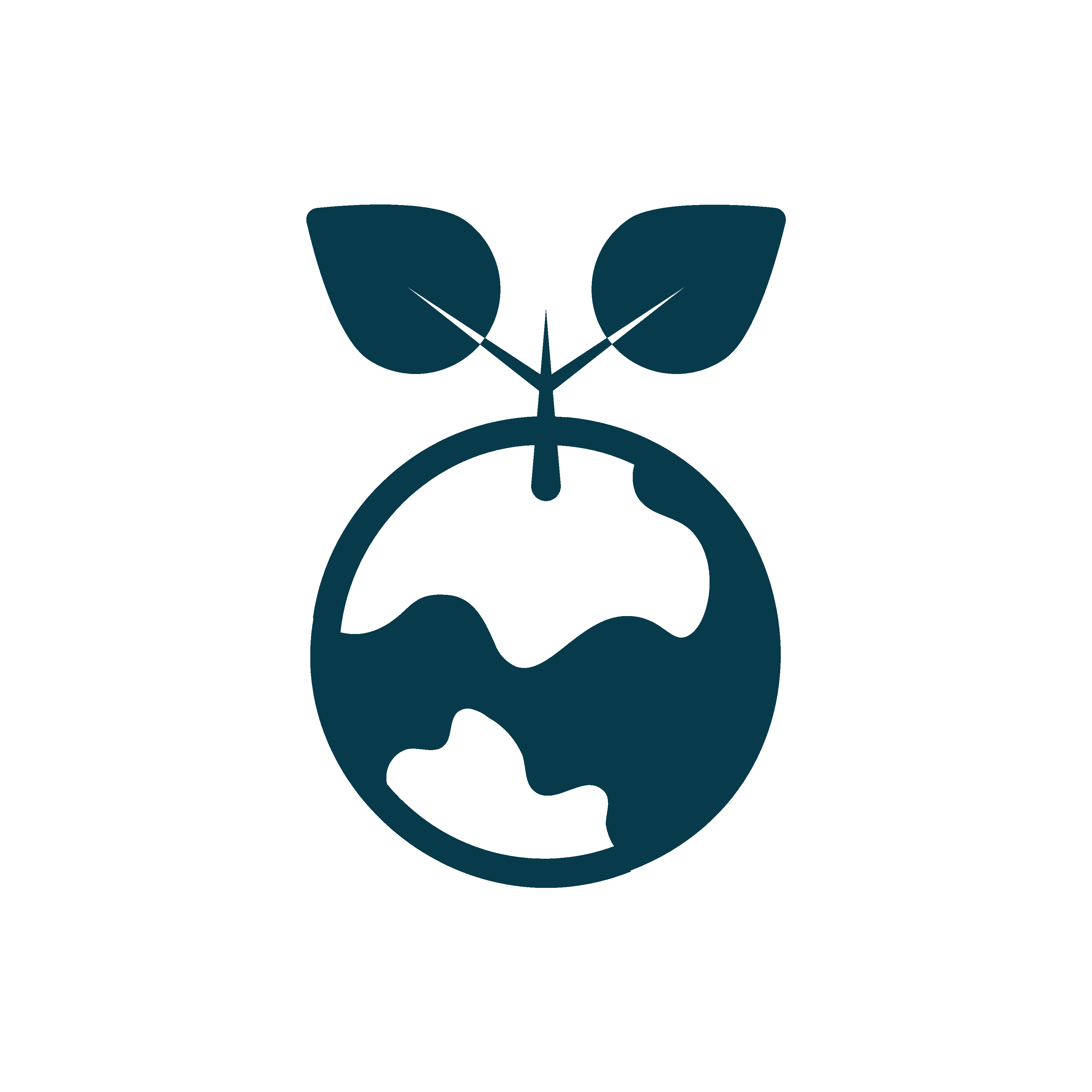
Auckland, New Zealand
Waitemata, New Zealand
Counties Manuka, New Zealand
Northlan, New Zealand
Waikato, New Zealand
Wellington region (Hutt Valley and Capital & Coast), New Zealand
Lakes, New Zealand
Bay of Plenty, New Zealand
Hawke’s Bay, New Zealand
Tairawhiti, New Zealand -
 Geographical scale:
Geographical scale:
-
 Energy poverty phase:
Energy poverty phase:
-

-
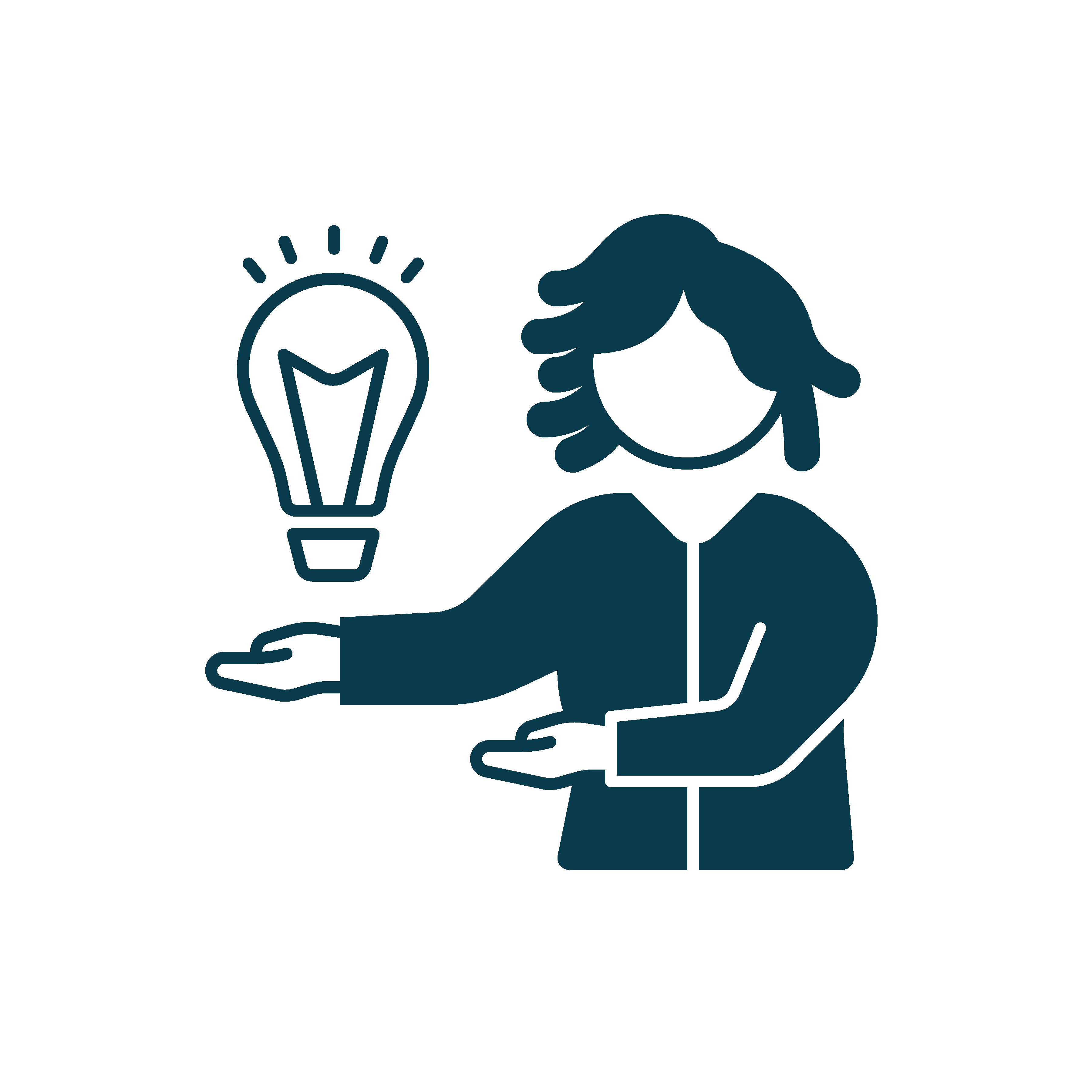 Professionals involved:
Professionals involved:
-
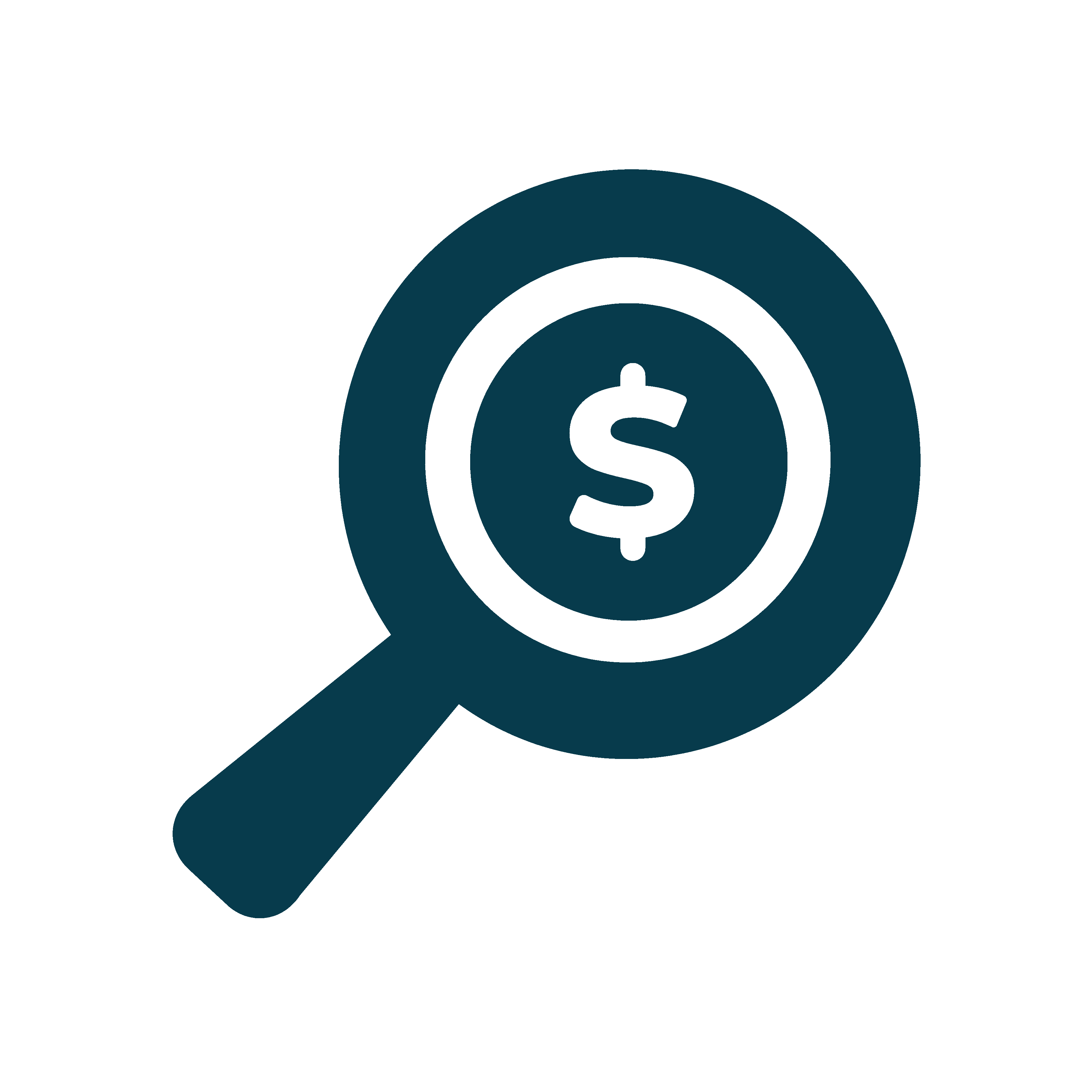 Type of funding:
Type of funding:
Governmental -
SDGs addressed:
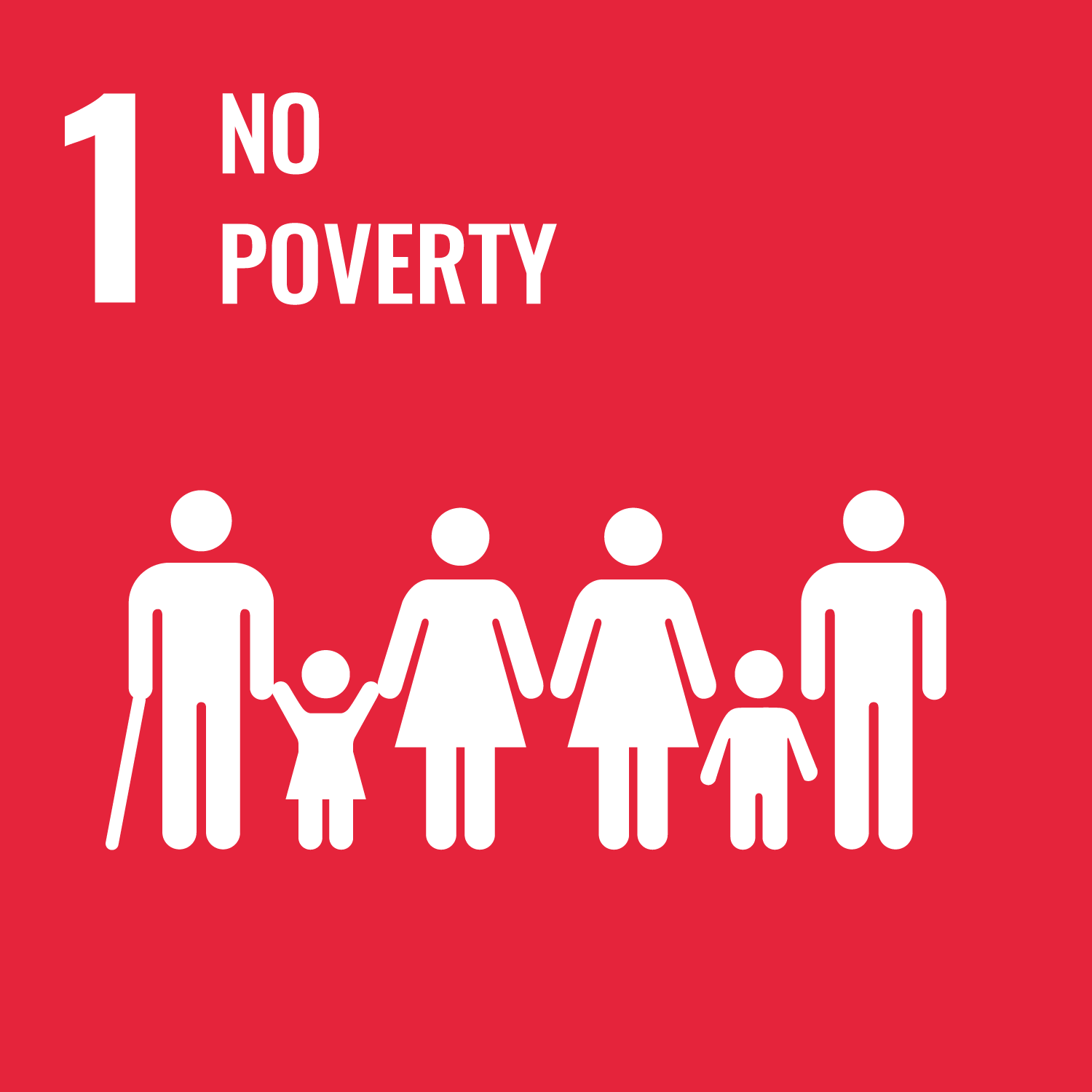
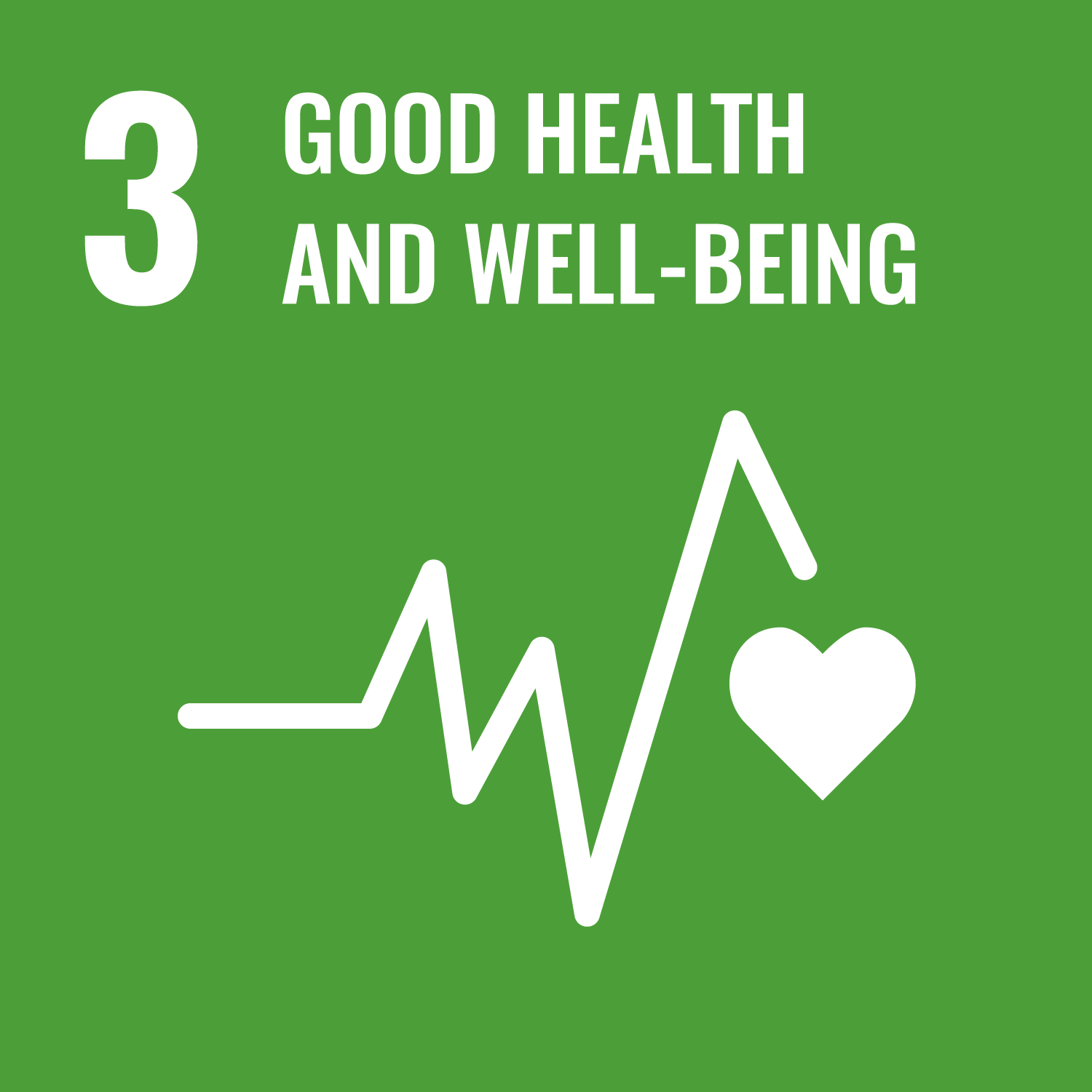
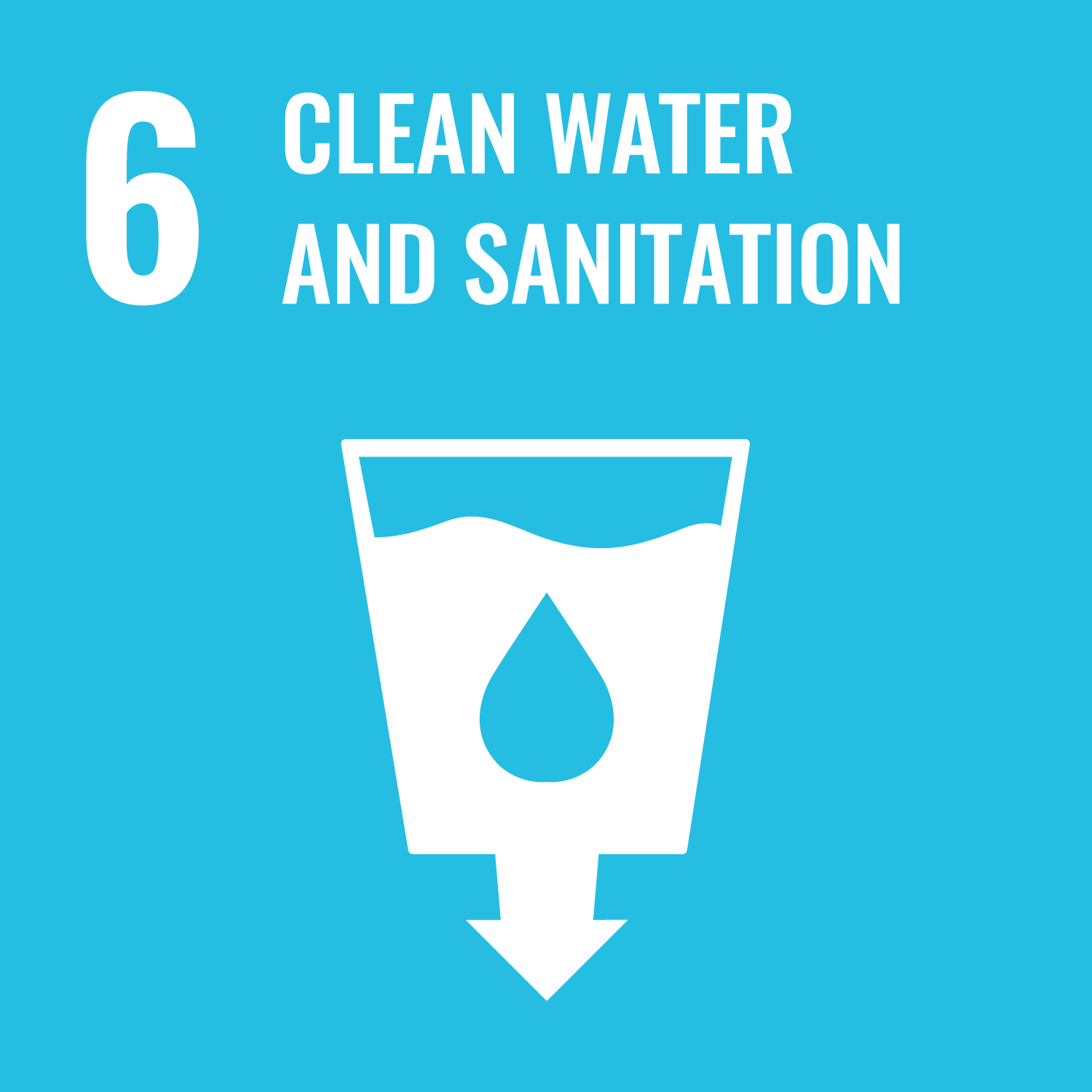
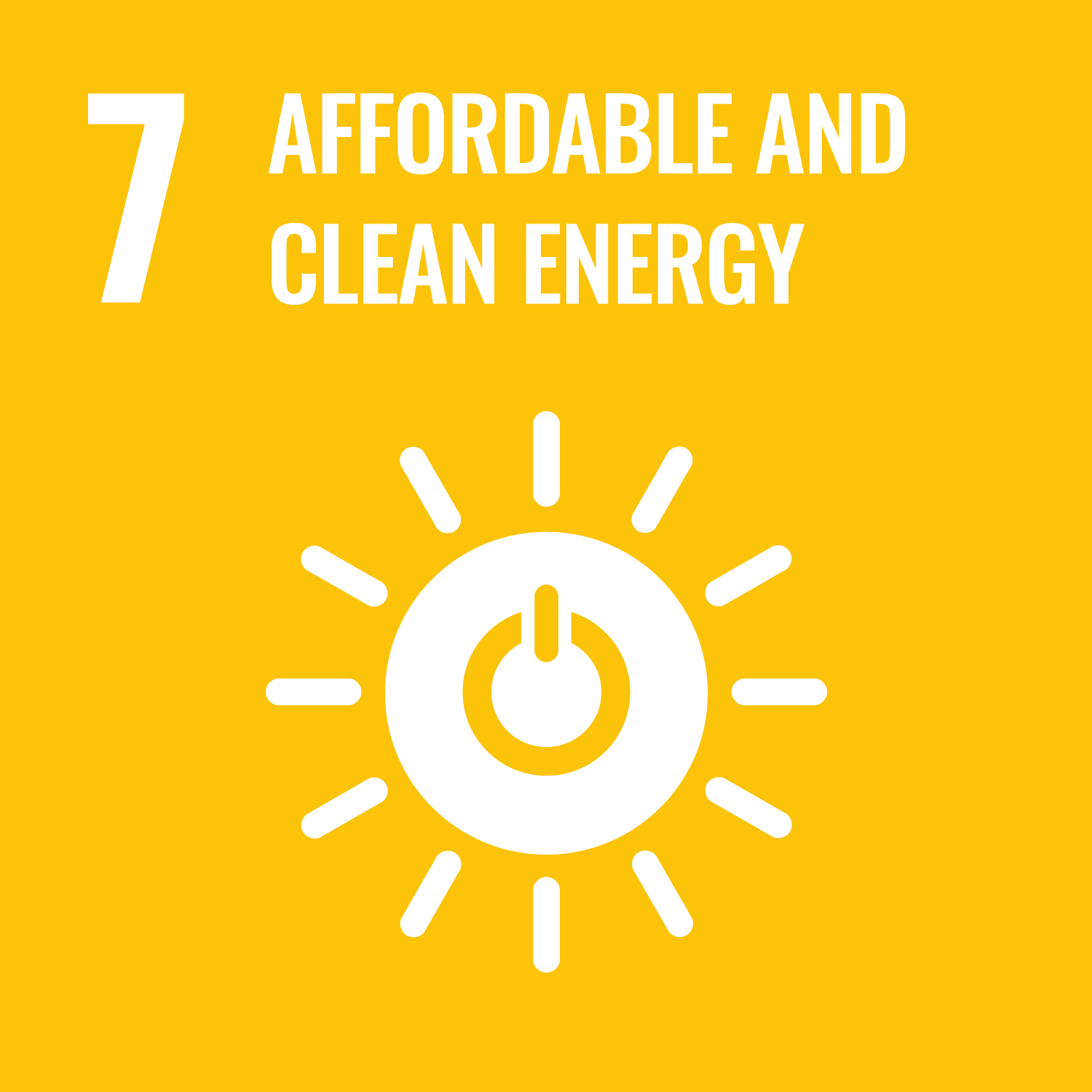
Explore more
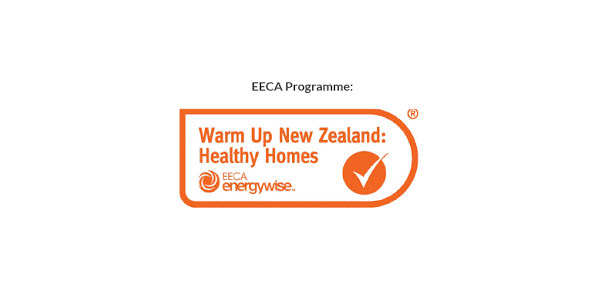
Warm Up New Zealand: Healthy Homes
